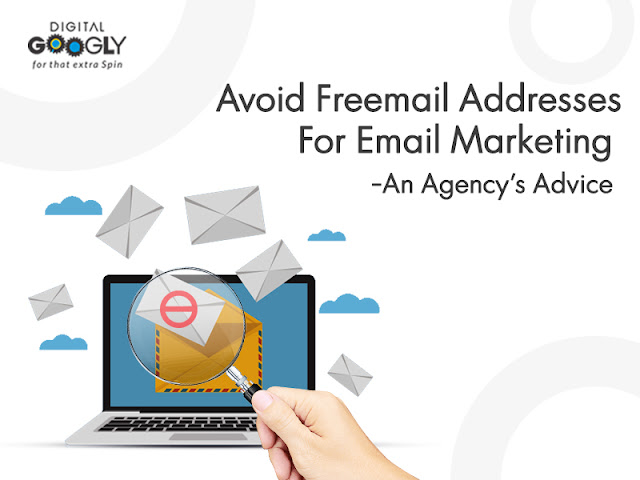It's important to have your own web domain to use in your "From:" address if you want your email marketing program to succeed. While it obviously improves the professionalism of your messaging, it also has a direct impact on whether or not your messages get delivered to your subscribers' inboxes, says a digital marketer of an email marketing agency in New Jersey.
From an aesthetic point of view, using a
free domain address (such as Yahoo or Gmail) instead of your own does
not help develop an identity with your brand. Fortunately, you don't have to be
a major organization to afford it.
Simply put, subscribers are far more likely to trust,
open, and engage with marketing mail from
"newsletter@brandx.com" than from "brandx@gmail.com" -
which might be anyone!
Aside from appearances, sending from a freemail domain
has an impact on inbox delivery. Bulk mail (that is, email sent to a list of
subscribers) must pass through a series of spam filtering "checks"
before being delivered to the inbox rather than the spam folder. While several
factors are considered, a large portion of the weight is placed on the
content and the reputation of your domain. According to the best email marketing company in New Jersey,
the reputation is based on your previous behavior - do people flag your message
as spam in large numbers, do they read it, do they click any links, and so on.
Sending from a freemail domain simply means you don't
have a reputation as a sender. A recipient's spam filter wouldn’t be able to
add a reputation to a single address because freemail sites like Gmail contain
millions of distinct active addresses. While this may appear to be OK at first,
email providers consider having no reputation to be a major risk since, as
the old saying goes, "better the devil you know than the one you don't”.
Inbox providers examine billions of messages every day
in fractions of a second to decide where they should be placed. If a domain's
reputation cannot be established owing to the usage of a freemail address,
resources and time can be saved by focusing on the content of the message. It
could be as easy as "this email claims to be from Gmail, but it
isn't," resulting in the message not reaching the recipient's inbox.
Subscribe by Email
Follow Updates Articles from This Blog via Email


No Comments